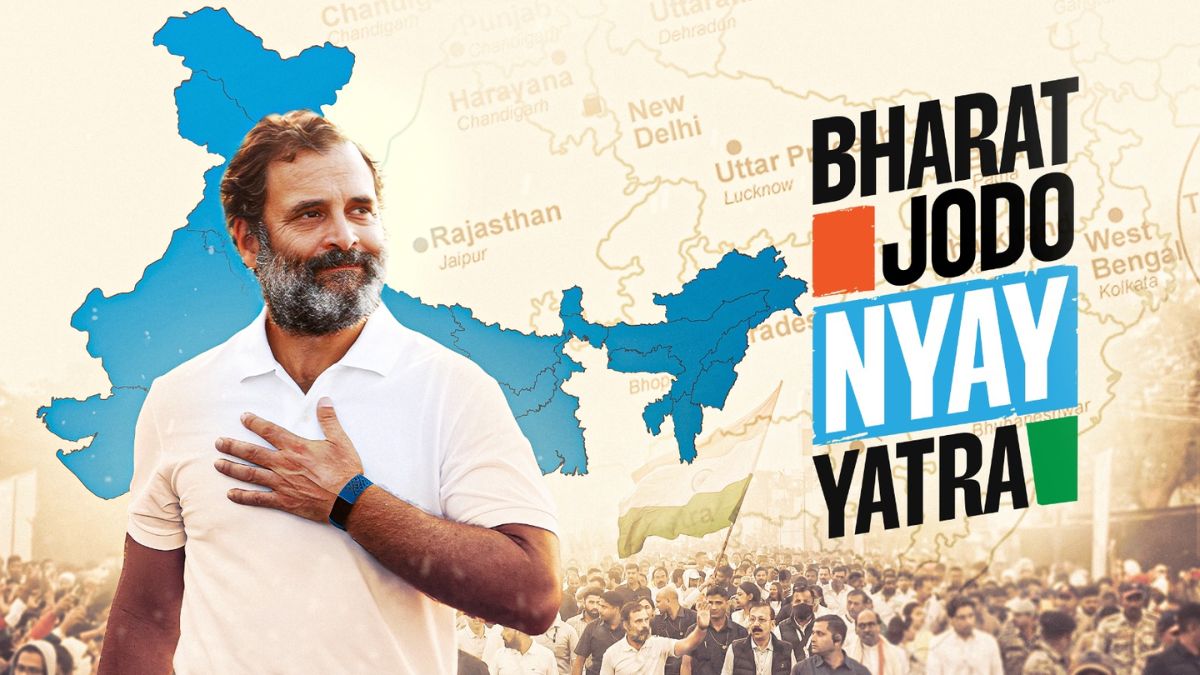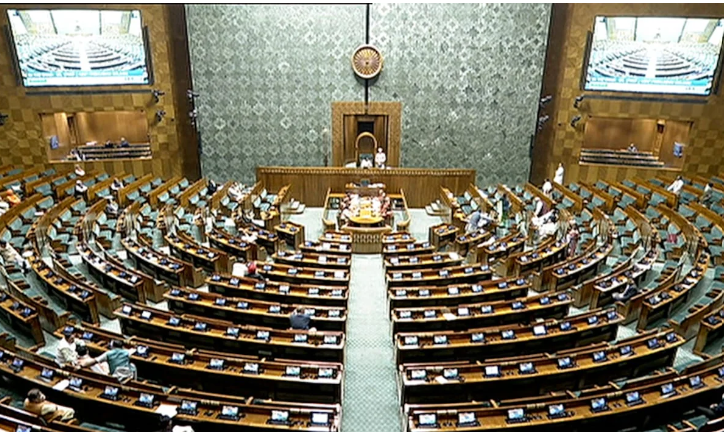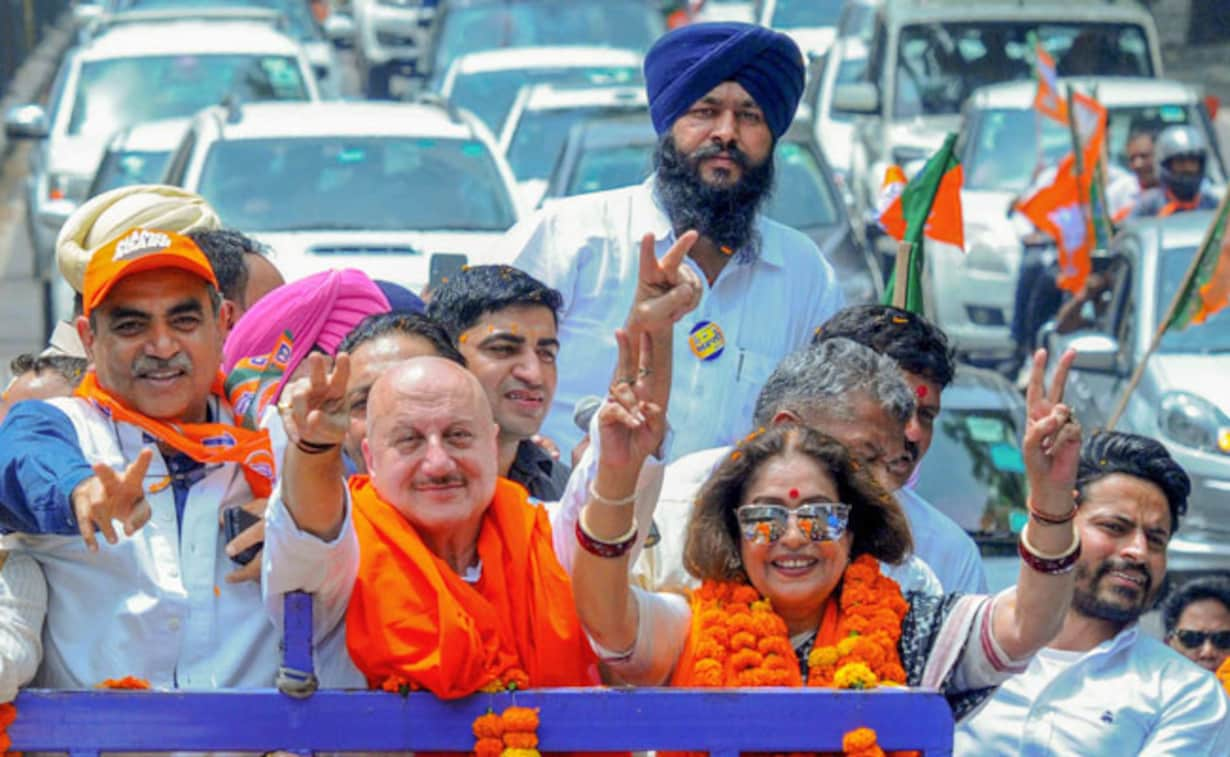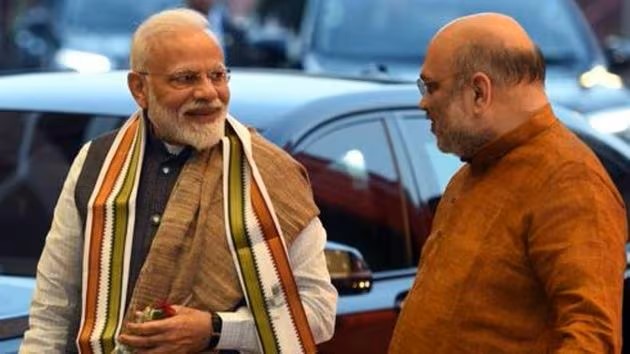Rahul Gandhi’s Bharat Jodo Nyay Yatra: A Stride Towards Reclaiming Political Turf?
On January 14, 2024, Rahul Gandhi embarked on an ambitious political journey, the Bharat Jodo Nyay Yatra, from Congress’s Thoubal district in Manipur. This 6,713-kilometer foot pilgrimage, culminating in Mumbai on March 20, 2024, aspires to be more than just a physical feat. It is envisioned as a grand political program, a strategic gambit by the Congress party to reconnect with the Indian masses and potentially propel itself back to power in the upcoming 2024 elections.
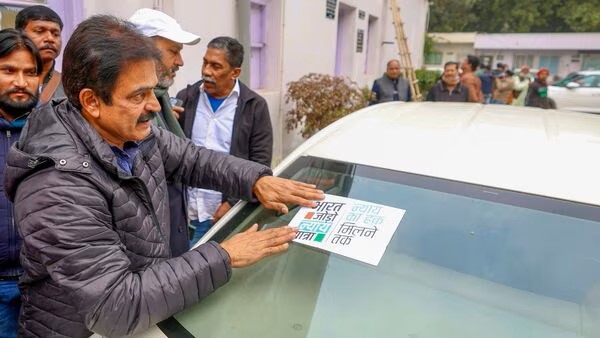 10 key points about Rahul Gandhi’s ‘Bharat Jodo Nyay Yatra’:
10 key points about Rahul Gandhi’s ‘Bharat Jodo Nyay Yatra’:
1. Doubling Down: This second leg of the Yatra follows Gandhi’s successful walk from Kanyakumari to Kashmir, aiming to build on its momentum.
2. Wider Scope: Covering 15 states and nearly double the distance, this Yatra extends from east to west, amplifying its national reach.
3. Targeting Key Seats: Crossing 110 districts across 15 states in 67 days, the Yatra strategically engages with voters in 355 Lok Sabha seats (65% of the total).
4. Pre-Election Push: Concluding in March 2024, just before the Lok Sabha elections, the Yatra seeks to capitalize on its impact in the crucial final months.
5. Addressing Grievances: The Yatra focuses on “political, economic, and social injustices” of the past decade, aiming to resonate with voter concerns.
6. Counter-Narrative: Challenging the “Amrit kaal” narrative of the government, the Yatra highlights what it sees as the “anyay kaal” (years of injustice).
7. Reconnecting with Voters: Passing through states like Madhya Pradesh and Rajasthan, where Congress lost ground, the Yatra aims to rebuild party connections.
8. Rallying the Opposition: Engaging with regional parties along the way, the Yatra offers an opportunity to strengthen the Opposition alliance.
9. Beyond Elections: Beyond electoral gains, the Yatra seeks to address national issues, promote dialogue, and raise awareness about key concerns.
10. Uncertainty & Challenges: The Yatra’s success hinges on maintaining momentum, managing logistical challenges, and effectively addressing various criticisms.

